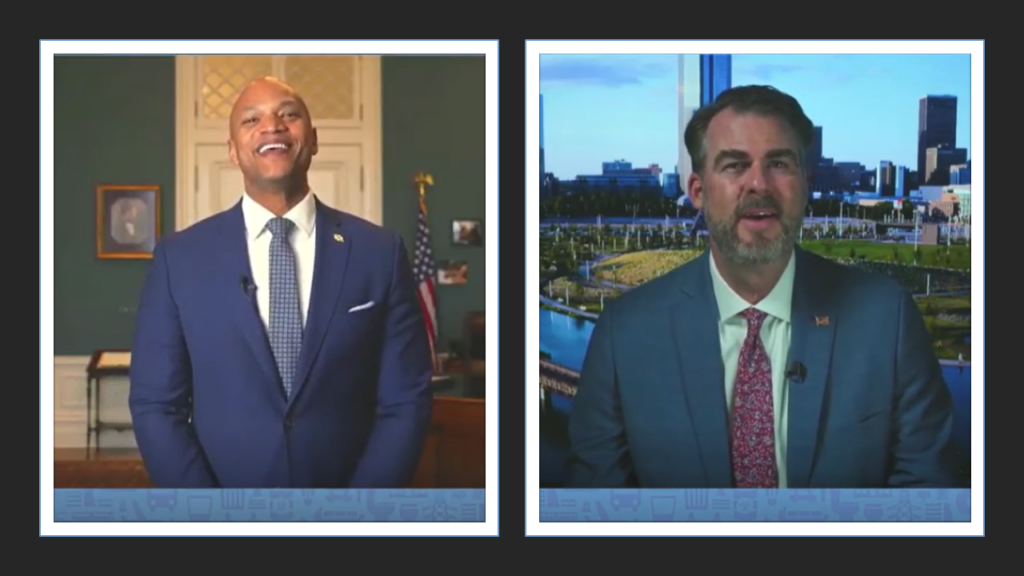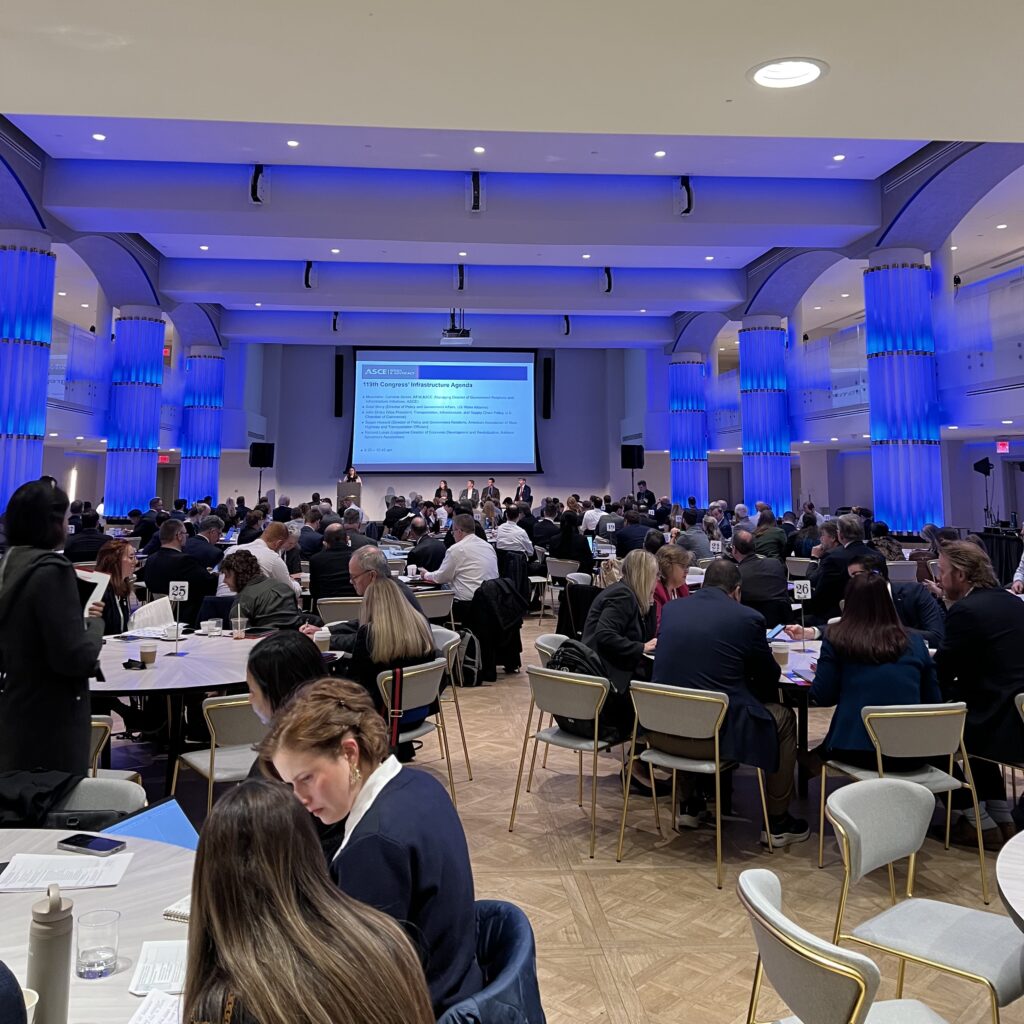Last week, the American Society of Civil Engineers (ASCE) released their 2025 Report Card for America’s Infrastructure, showing an overall grade improvement from C- to C. The report opens with the statement: “America’s infrastructure is the foundation on which our national economy, global competitiveness, and quality of life depend.” This is certainly something that you don’t have to tell Governors, who have been leading the charge for years to enhance infrastructure in their states and territories—including creating new and increasing existing funding streams, advancing public private partnerships, addressing regulatory delays, improving transparency and promoting innovation.
In alignment with Governors’ priorities NGA has developed a robust infrastructure program which is anchored in transportation, broadband, and general infrastructure implementation and delivery strategies. This program collaborates with adjacent practices in land use, housing, energy, environment, public health, and workforce development; and the team provides technical assistance on request and continually consolidates and distributes timely, actionable infrastructure resources. Bookmark the infrastructure program page for updates and check out the team’s recent look at infrastructure topics in Governors’ 2025 State of the State addresses.
NGA Vice Chair Oklahoma Governor Kevin Stitt and Maryland Governor Wes Moore provided videos for the ASCE report card launch event, with Governor Moore reminding attendees about the vital support that infrastructure provides to the economy, and Governor Stitt pointing out that when it comes to infrastructure development, often “the biggest roadblock isn’t funding or technology, it’s bureaucracy. Projects are consistently slowed down or even halted by red tape, outdated procedures, and bureaucratic hurdles.” The need for permitting reform is top of mind for Governors, as was highlighted by NGA’s Legislative Director Richard Lukas who also presented at the event.

Lukas told attendees that improving the permitting process for the delivery of infrastructure projects has been a major initiative of Governors, who are leading in developing key principles for use in process improvement and organizing around project delivery and acceleration. At NGA’s 2025 Winter Meeting held in February, Governor Stitt and Pennsylvania Governor Josh Shapiro announced the formation of a bipartisan working group to explore critical issues surrounding permitting reform, infrastructure acceleration, and energy resilience, with a particular focus on the National Environmental Policy Act (NEPA), judicial review, and transmission siting. Governors Stitt and Shapiro will co-chair the group. Over the next several months, the working group will discuss ways to improve both state-level actions and federal regulations around permitting.
In addition to permitting reform, Lukas walked attendees through the work of NGA’s Economic Development and Revitalization Task Force, which has jurisdiction over a broad range of issue areas, including infrastructure, broadband, energy, environment, land management and taxes. The Task Force is co-chaired by Kentucky Governor Andy Beshear and South Carolina Governor Henry McMaster and is a continuation of Governors’ efforts to highlight infrastructure needs across the country. In 2019, Governors adopted NGA’s Principles for National Infrastructure Investment and the Task Force led efforts in 2021 to lobby Congress for a significant infrastructure package. Each year, Governors on the Task Force adopt a set of bipartisan, consensus-driven federal priorities; these priorities were recently adopted unanimously and include:

- Accelerating infrastructure project delivery and streamlining permitting, while establishing Governors’ priorities for the next surface transportation reauthorization;
- Advancing technology innovation and securing energy resilience to strengthen the country’s economy and national security;
- Working with Congress on the most impactful programs for states and territories contained in the Infrastructure Investment and Jobs Act (IIJA) and the CHIPS and Science Act;
- Investing in state and territorial efforts to protect water resources and clean water; and
- Ensuring Governors have a voice as Congress considers tax reform and international trade agreements.
While focused on infrastructure, Lukas highlighted the importance of an NGA-wide priority: ensuring the federal government meets its already committed obligations for federally funded projects across states, territories and commonwealths, or – in short – as Governor Stitt likes to say: “a deal is a deal.” As states and territories work to balance their budgets and attract private investments, certainty in funding is paramount. Uncertainty and funding reductions risk slowing down progress on critical infrastructure, leading to more deteriorating roads, bridges, and utilities, resulting in higher costs and potential safety hazards.
Closing on a positive note, Lukas noted that streamlining project delivery is likely to gain bipartisan support as it focuses on reducing delays, cutting red tape, and making federal investments more effective and timely, benefiting both local economies and national interests. Lukas noted that states, territories, the 119th Congress and the Administration are in agreement on the need for better permitting processes to ensure timely delivery of infrastructure projects, while providing proper environmental safeguards.












